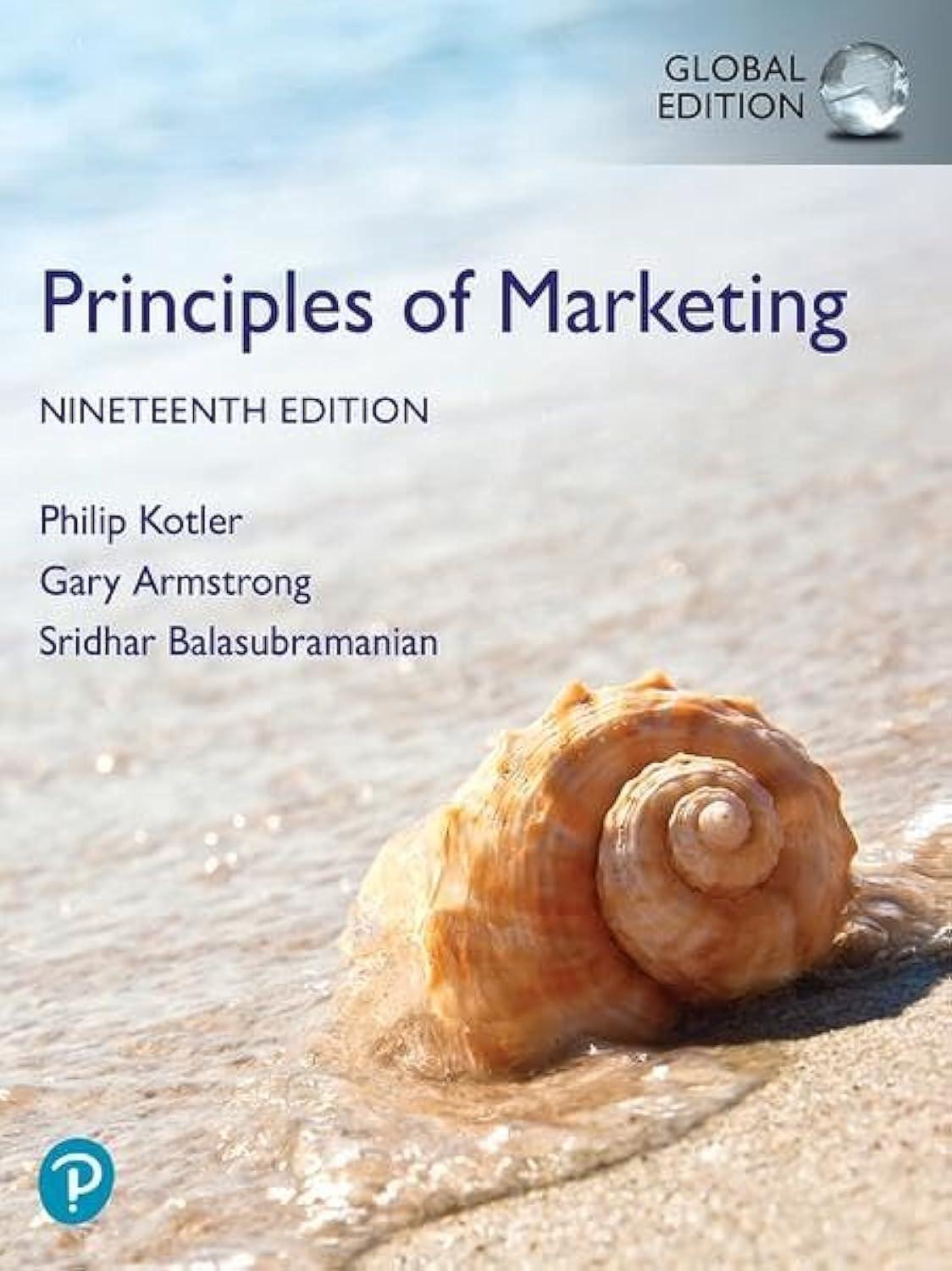Camera technology, specifically film, was not historically designed to capture everyone equally. The chemistry that creates color
Question:
Camera technology, specifically film, was not historically designed to capture everyone equally. The chemistry that creates color balance did not address yellow, brown, and reddish skin tones until the 1970s. When the chemistry that was more inclusive in terms of skin tones was introduced, it was motivated by the need to produce attractive advertising and brand content to promote products within communities of color. Many of today's filmless cameras perpetuate the legacy of delivering unflattering photos for people of color. Google's response to this problem of market inclusion is Real Tone, which more accurately highlights the nuances of diverse skin tones. Originally available only on the Pixel 6 Pro and Pixel 6, Real Tone is now also available as an app for Android and iOS.
Google worked closely with professional photographers, directors, and influencers to demonstrate the efficacy of Real Tone through photography focused on skin. This content, widely shared across the promotional mix, sparked curiosity and generated a flood of positive public relations. Simultaneously, it confused others, addressing problems they did not have or could not relate to. How should Google address this problem?
Step by Step Answer:






